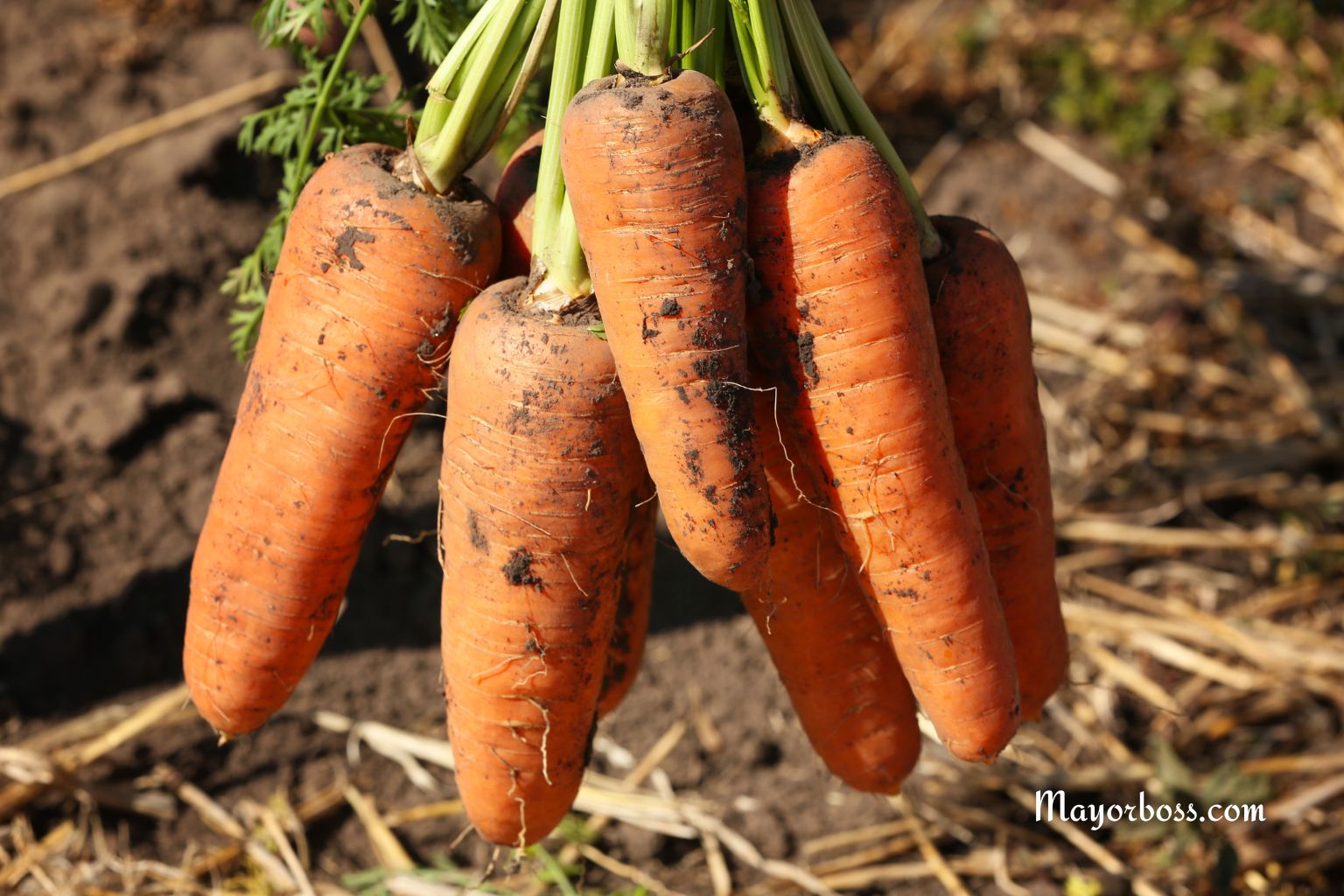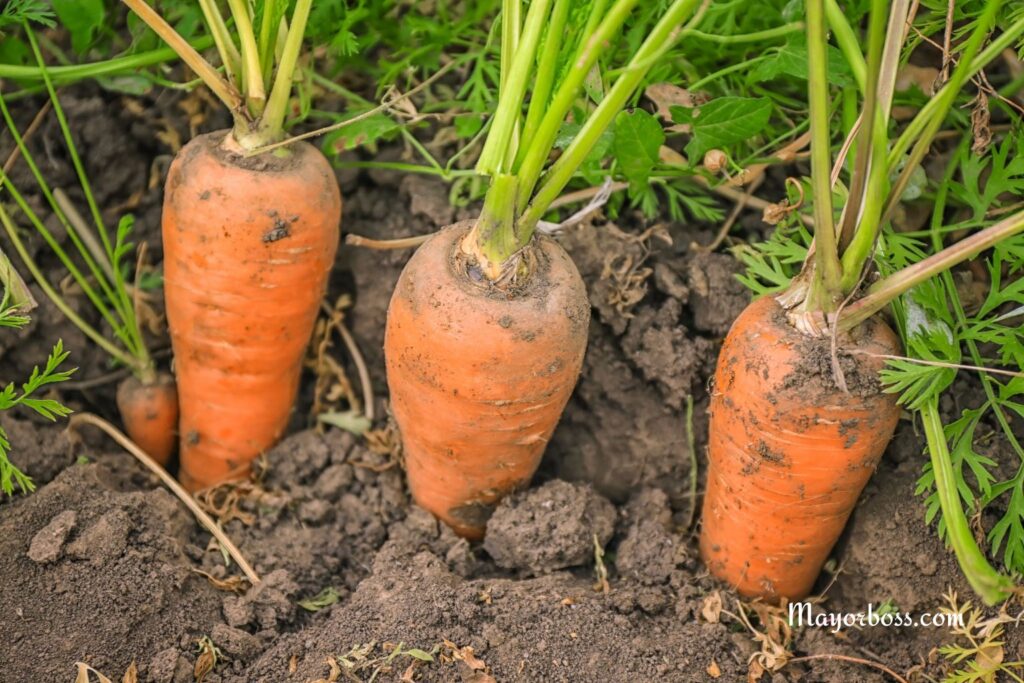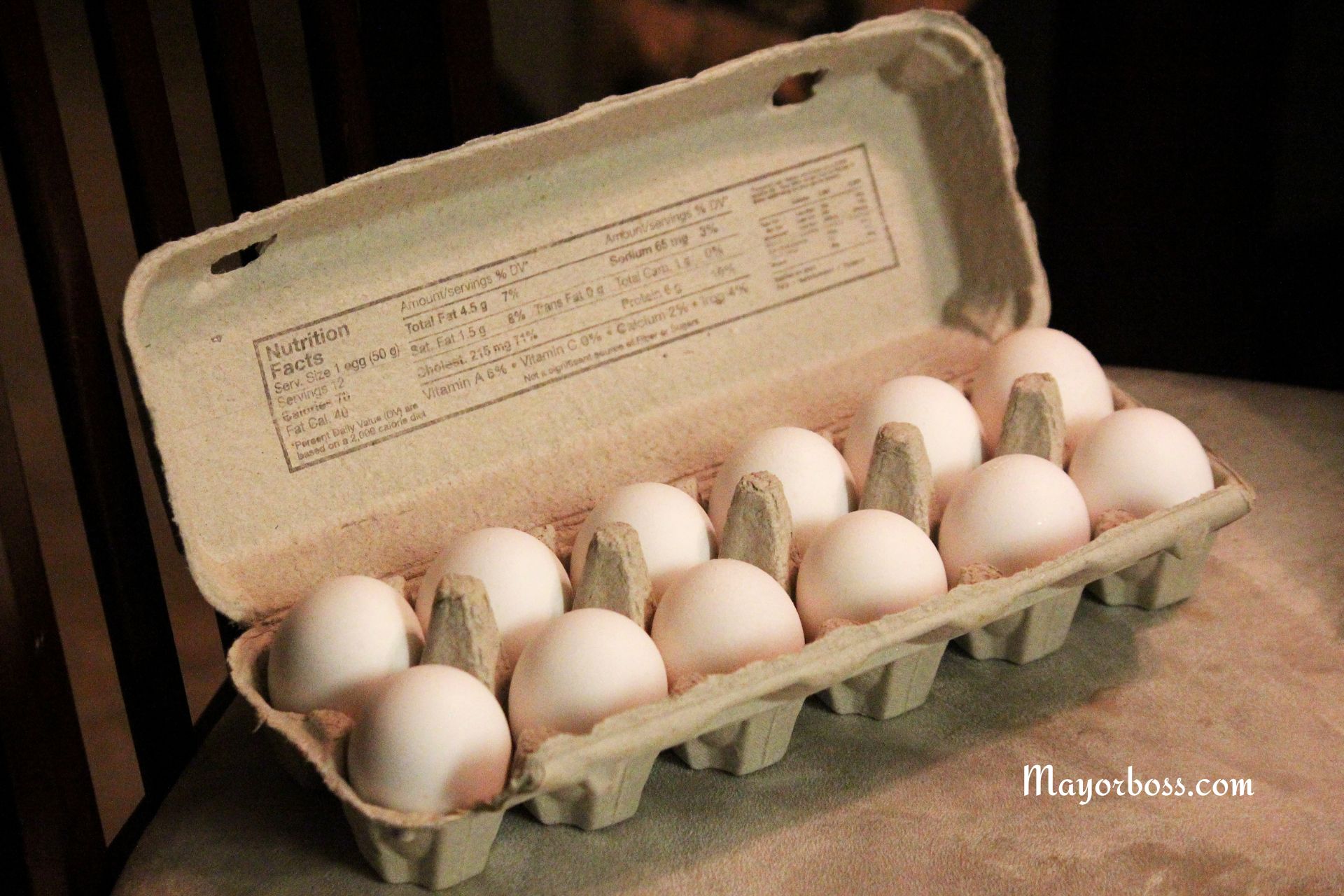Increase Your Carrot Yield by 5 Times With These Smart Planting Methods
Want to harvest more carrots from your garden? By using smart planting methods—such as preparing soil, adding the right fertilizer, ensuring correct spacing, watering regularly, and choosing companion plants—you can increase your carrot yield up to five times. These simple steps encourage healthy roots, help prevent pests, and support bigger harvests.

Why Carrots Often Disappoint Home Gardeners
Many gardeners feel disappointed when their carrot harvest is small or the roots look misshapen. Carrots are particular about their growing conditions, and a few common mistakes can limit your success. With some key adjustments, you can grow carrots that are healthy, straight, and plentiful.
Choose the Right Variety for Your Region
Start with carrot seeds that match your climate and soil. Some carrot varieties thrive in heavy soil, while others grow best in light, sandy earth. If you live in a cooler area, select fast-maturing types. Warmer climates benefit from heat-tolerant varieties. Always check the seed packet for guidance.
Prepare the Soil and Feed It Well
To get the best results, focus on preparing your soil before planting. First, dig up the soil thoroughly to a depth of at least 12 inches, making sure to remove stones, sticks, and clumps. This gives carrot roots the space they need to grow long and straight.
After loosening the soil, it is important to add fertilizer. For carrots, options like NPK fertilizers, superphosphate, humus, or phytosporin work very well. These fertilizers supply key nutrients that carrots need for healthy development. This kind of feeding encourages stronger growth and will reward you with higher yields and tastier, better-quality carrots. Avoid fresh manure, as it can make carrots split or grow into odd shapes.
Plant Carrot Seeds at the Right Depth
Carrot seeds are tiny and require gentle handling. Plant seeds about a quarter-inch deep in the soil. Cover them with a thin layer of fine earth and pat lightly. Water gently to keep the soil moist, as dry soil can prevent seeds from sprouting.
Use Correct Spacing
Proper spacing is essential. When seedlings reach about two inches tall, thin them so each carrot stands about two inches apart. This spacing gives each root enough room to grow to full size. Thinning may feel difficult, but it is crucial for good results.

Practice Succession Planting
Instead of planting all your carrot seeds at once, sow new seeds every two to three weeks. This method, called succession planting, provides a steady harvest over time. Your garden space is used more efficiently, and you enjoy fresh carrots for longer.
Water Consistently
Carrots depend on steady moisture. Uneven watering can cause roots to crack or grow poorly. Aim to keep the soil evenly damp, especially during hot weather. Mulching can help retain moisture and keep weeds down. Water slowly and gently to avoid washing away seeds.
Control Weeds and Pests
Weeds compete with carrots for light, nutrients, and water. Pull weeds promptly, but be gentle around young carrot plants. To protect against pests, cover your carrot rows with fine netting or row covers. This helps block insects like carrot flies, which can damage your crop.
Try Companion Planting
Some plants help carrots thrive. For example, onions or leeks near carrots can deter certain pests. Radishes are also good companions because they loosen the soil as they grow, helping the carrots. Avoid planting carrots close to dill or parsnips, as they attract similar pests.
Harvest at the Right Time
Carrots are usually ready to harvest about 60 to 75 days after planting, depending on the variety. Harvest when roots reach the size you prefer. If left too long in the soil, carrots can become tough. Use a garden fork to lift them carefully, especially if the ground is dry.
Store Carrots Properly
Cut off the green tops before storing. Keep carrots in a cool, dark place, like a root cellar or refrigerator. Storing them in damp sand or sawdust helps keep them fresh longer. Do not wash them until you are ready to use them.
Takeaways
A bountiful carrot harvest begins with good soil preparation and the right fertilizer. By digging the soil, feeding it with superphosphate, humus, or phytosporin, and following smart planting techniques, you can increase your carrot yield and enjoy sweeter, tastier carrots.
Frequently Asked Questions
1. How often should I water carrot plants?
Carrots need consistent moisture. Water deeply once a week, or more often during dry periods. Keep the soil evenly moist but not soggy.
2. Can I grow carrots in containers?
Yes, carrots do well in deep containers with loose, sandy soil. Choose shorter carrot varieties if your container is shallow.
3. Why are my carrots growing crooked or forked?
Carrots often become crooked or forked in soil that is rocky, hard, or not well-prepared. Dig the soil deeply and remove stones for the best results.
4. When is the best time to plant carrots?
Plant carrots in early spring as soon as the soil can be worked. You can also plant again in late summer for a fall harvest.
5. What fertilizer should I use for carrots?
Fertilizers like superphosphate, humus, or phytosporin are great choices. They support healthy root growth and improve yield and flavor.
With these smart planting methods and the right feeding, you can look forward to enjoying five times more delicious, homegrown carrots from your garden.






